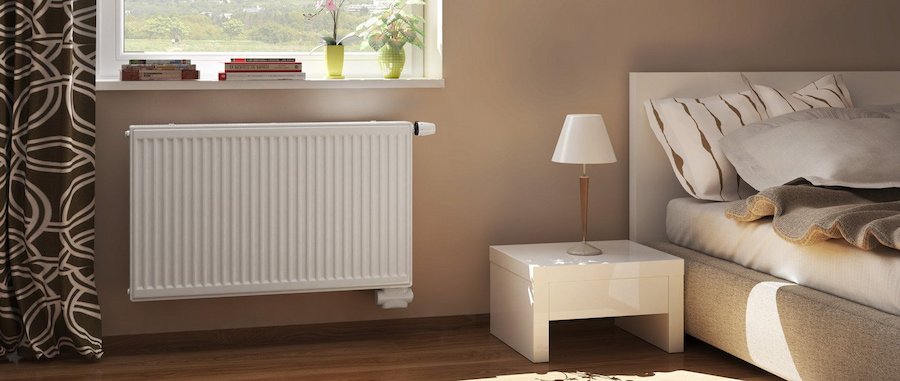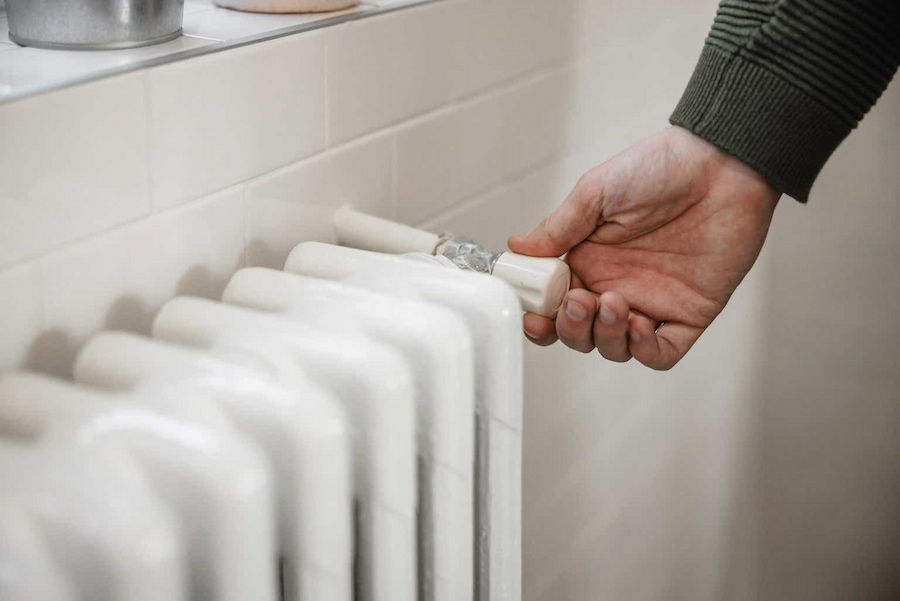
Radiators are among the most commonly used pieces of equipment in any home. It makes perfect sense to take good care of your heating system and radiator performance, as it will be in use for the majority of the winter and spring seasons. Failing to do so might end up being rather expensive. And nobody wants to be phoning the boilerman at three in the morning in December.
A common rule of thumb for radiator effectiveness is to have them maintained more than once each year. This may resemble automobile maintenance in some ways, but it makes sure that your cooling system is installed correctly and complies with all performance as well as security standards. 10 mm pipes may be lowered from above pipelines to the appropriate radiator places using the radiator outlet Plate.
For what Purpose Should You Maintain Your Heating System?
Your home’s heating system (including radiators) should be inspected annually, just like you must take your automobile for its yearly MOT. Similar to your family automobile, neglecting to maintain the heating system can occasionally result in several issues that might be quite expensive to replace. Given the skyrocketing cost of energy, the impending rise in inflation, and the fact that many people must choose between “heating or eating,” it is advisable to take precautions to prevent problems from occurring in the first place and to safeguard both you and the parts of the system that provide heating.
Continual Upkeep
For the radiator to function at its optimum, routine maintenance is crucial. Check the radiator often for any indications of deterioration, including leaks, rust, and bent fins. To clear away dirt, grit, and insects that can block airflow, clean the radiator’s surfaces and fins with a fluffy brush or compressed air.
Cleaning and Flushing the Cooling System
The performance of the radiator might be impacted over time by pollutants, scale, and debris accumulating inside the cooling system. Restoring appropriate coolant circulation and warmth transmission requires cleaning the system and removing any deposits. Use a proper coolant cleansing solution and stick to the manufacturer’s recommended refrigerant flush frequencies to get rid of buildup quickly.
Check Coolant Levels and Composition:
For a functioning radiator, proper coolant levels are essential. Regularly check the cooling fluid levels and fill them out as needed. Additionally, make sure the coolant composition matches the needs of your car since using the incorrect coolant will reduce cooling effectiveness. For advice on the suggested coolant type and mixing ratio, visit a professional or reference the owner’s handbook for your car.
Replace Your Old, Worn-Out Radiator With a High-Quality Radiator:
Replacing your old, outdated radiator with a high-quality one will greatly enhance productivity. Modern thermostats have better heat transmission properties and are made of cutting-edge materials. Look for superior fin designs, greater clarity, and higher cooling efficiency. Take into account aftermarket exchangers created especially for cars with outstanding performance.
Install an Electric Radiator Fan
These fans might be more efficient than mechanical ones and offer superior airflow control. In low-speed or idle situations, where there is little natural airflow, they can aid in improving the effectiveness of cooling. Make sure the fan that runs on electricity fits your radiator properly and is compatible with the existing electrical components of your car. For best performance, proper cabling and installations are essential.
Use a High-Flow Radiator Cap
for preserving the pressure in the system that cools the vehicle. The radiator cap is a crucial component. Improved coolant circulation as well as the boiling point can result in improved cooling efficiency when switching to a high-flow radiator valve with an increased pressure rating. However, it’s crucial to select a cap that complies with the requirements of your air conditioning system and radiator.
Improve Airflow
The radiator’s performance may be significantly affected by better airflow across it. Here are some strategies for improving airflow:
- Make sure the radiator is fitted and fastened securely to avoid excessive vibrations or movement.
- Remove any impediments to airflow in front of the radiator, such as any leaves, debris, or aftermarket items.
- To guide airflow towards the radiator, think about putting an air dam or spoiler on the front of the vehicle.
- To improve cooling performance and direct air through the whole core region, install a radiator’s shroud. This will decrease air bypass.
- If more air needs to flow into the radiator, think about investing in a higher-performance condenser fan.

Improve Cooling System Design
There may be possibilities to improve the cooling design of the system for greater performance, contingent upon the car you drive and its unique cooling requirements. This may entail adjustments like enlarging the radiator, installing another radiator or oil reservoir for enhanced cooling capacity, or modifying the conduits to better direct airflow.
Monitor Temperature Gauges
Keep an eye on the temperature gauges on your car and act quickly if you see any warning signals of overheating. It is possible to avoid more serious issues and guarantee optimal radiator performance through the early diagnosis of cooling system faults. Check hoses, clamps, and other coolant system parts often for leaks indicating wear indicators.
Final words
By putting these strategies into practice, you may greatly increase radiator performance, guarantee an effective cooling process, and keep your car in good general condition. Maximising radiator effectiveness through routine maintenance, improvements, and optimisation will improve engine efficiency as well as reliability.
Also, read this: Why You Should Choose An Electric Radiator For Your Home?
I’m Lilly Crawford, a skilled business expert who’s great at making successful plans. I’ve learned a lot from working at Arrow Redstar and Hi Property in the UK, gaining loads of knowledge about sales and how businesses work. I also write helpful articles about business strategies, using what I know to explain things well. I studied Business Studies in college and love sharing useful ideas to help businesses grow.